All About Pimples: Causes, Prevention, and Treatment
February 22 2024 – Luise Berger
Free shipping from €200
Start your free skin analysis
Made in Germany
Collect valuable loyalty points with every purchase

February 22 2024 – Luise Berger
Popping pimples is generally not recommended. It can lead to skin irritation, scarring, and the spread of bacteria, which can cause more pimples. It is better to let pimples heal naturally or use targeted treatment products.
Stress-related pimples often appear suddenly and can occur anywhere on the face or body. They are typically inflammatory, meaning they can be red, swollen, and painful. Stress pimples are a sign that the body is responding to emotional or physical stress.
Anti-pimple creams containing active ingredients such as salicylic acid, benzoyl peroxide, or tea tree oil can be effective. They help to cleanse pores, reduce inflammation, and promote skin renewal. However, the effectiveness depends on the type of pimples and the individual skin condition.
The duration of the healing process of pimples can vary. Mild pimples may fade within a few days, while more severe forms of acne can take longer. Proper skincare and the use of specific treatment products can support the healing process.
Although blackheads, pimples, and acne are often mentioned in the same context, there are significant differences between them:
Blackheads (Comedones): Blackheads are small, dark skin lesions that result from clogged hair follicles. They consist of sebum and dead skin cells that oxidize and turn black when exposed to air (open comedones). Whiteheads (closed comedones), on the other hand, are covered by a thin layer of skin and have a whitish or skin-colored appearance.
Pimples: Pimples are small, inflamed skin elevations that are often painful and have a red halo with a white center. They occur when pores are clogged with excess sebum, bacteria, and dead skin cells, leading to inflammation.
Acne: Acne is a skin condition characterized by a variety of symptoms, including blackheads, pimples, deeper nodules, and cysts. It often occurs in areas with a high density of sebaceous glands, such as the face, back, and chest.
Pimples at a Glance
What are pimples?
Pimples form when pores become clogged with excess oil, dead skin cells, or bacteria – often leading to inflammation.
Main causes:
• Excess sebum production
• Accumulation of dead skin cells
• Bacterial overgrowth in clogged pores
• Hormonal shifts, diet, and stress
What can help?
A consistent skincare routine and a balanced lifestyle can support clearer skin and help reduce the appearance of pimples over time.
Pimples are small, inflamed bumps on the skin often associated with acne. They occur when the skin’s pores become clogged with excess oil, dead skin cells, and sometimes bacteria. These blockages lead to pore inflammation, which appears as red, sometimes painful, swelling—commonly known as pimples. Pimples can appear in various forms and vary in size, color, and severity.
There are different types of pimples that can indicate various skin issues:
Each type of pimple may require different treatment approaches. While some can be treated with topical solutions and adjustments to skincare routines, others may need more intensive medical treatment.

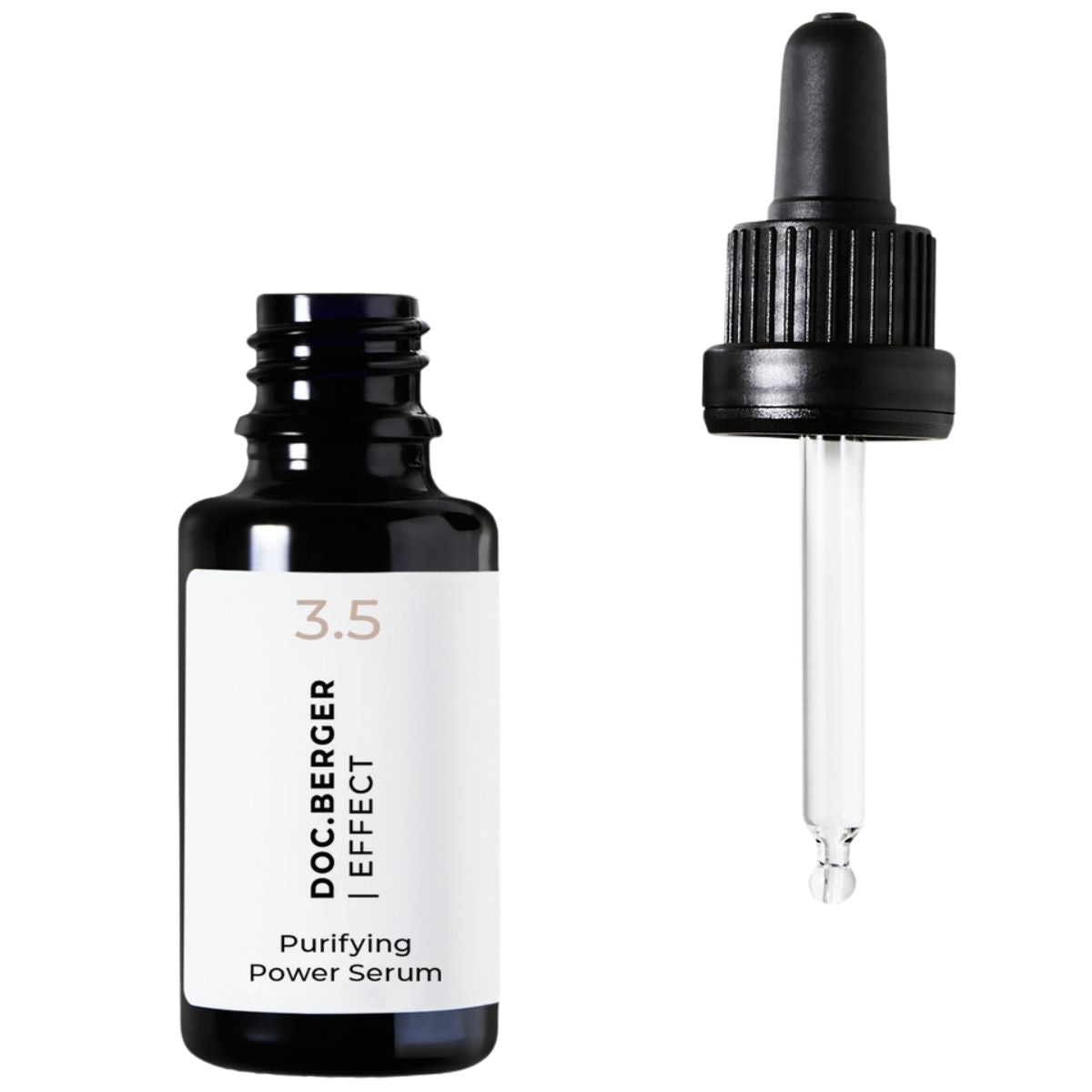

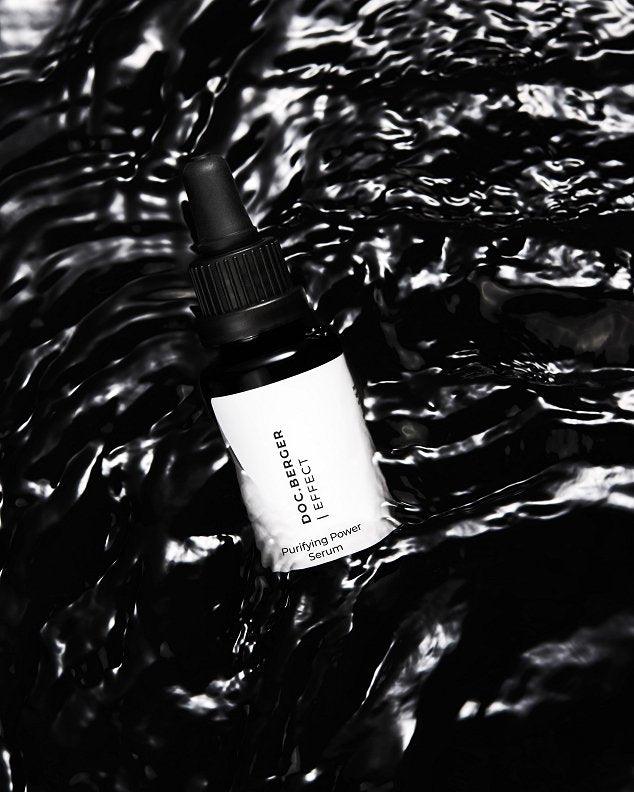
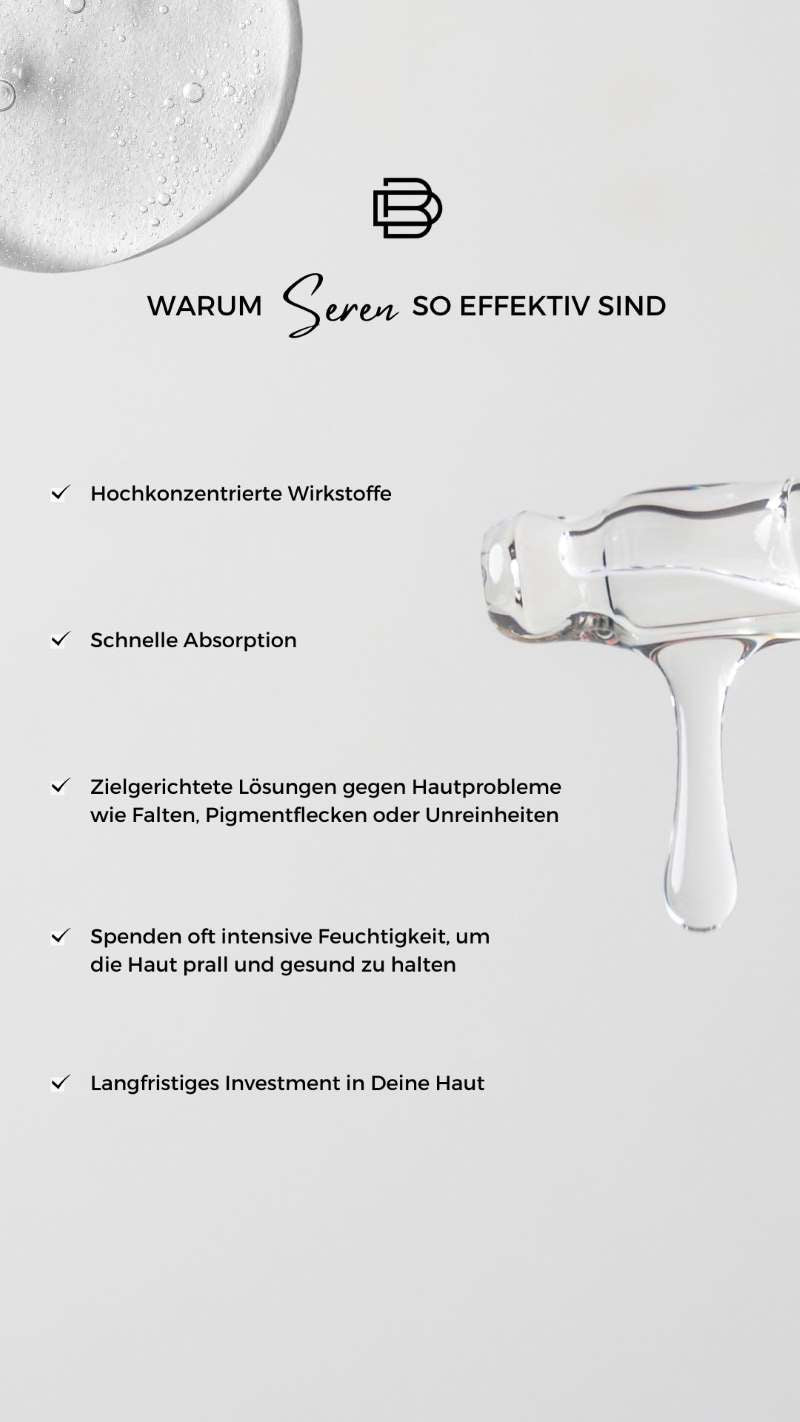
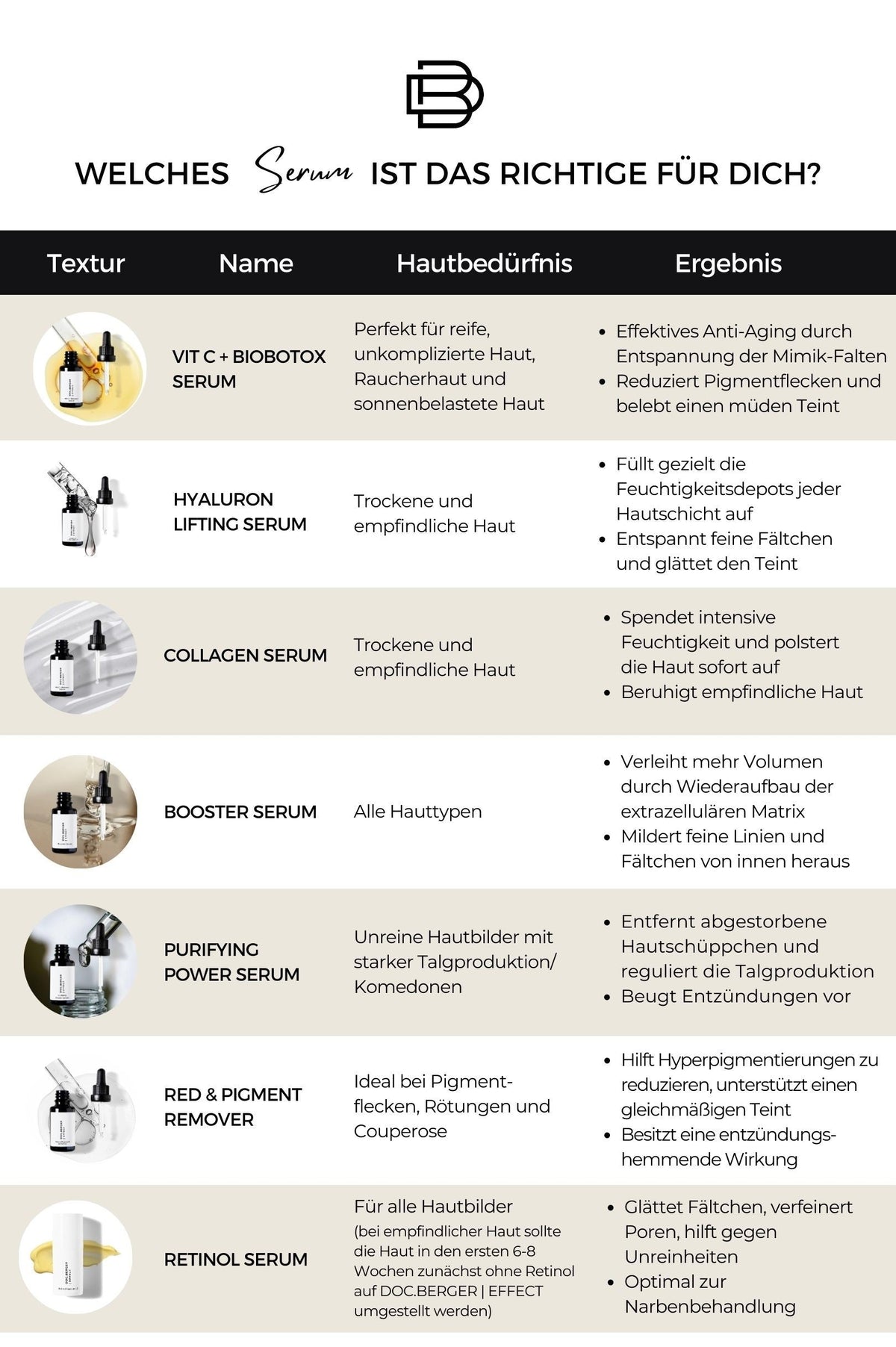
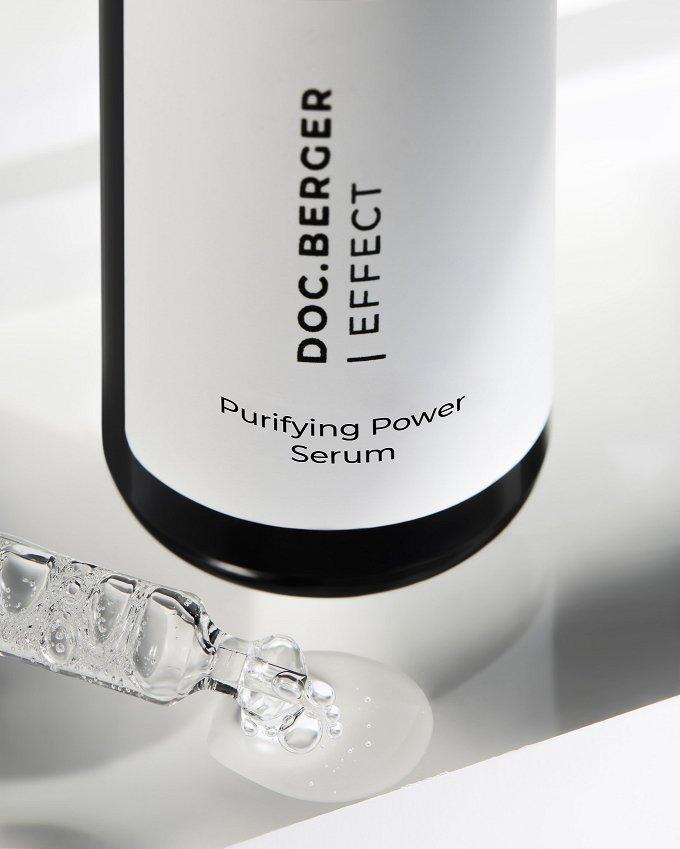
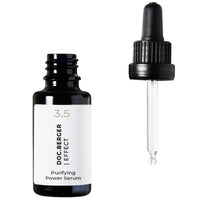
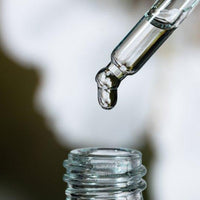
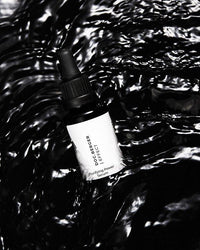
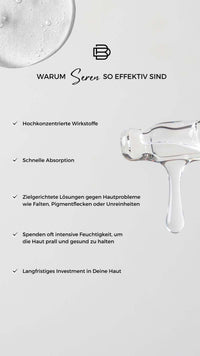
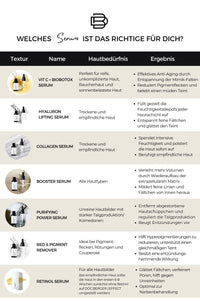
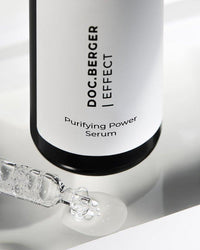
Pimples occur when the pores of the skin become clogged with excess oil, dead skin cells, or bacteria. This blockage can trigger inflammation, which appears on the surface of the skin as a pimple. The primary causes of breakouts include:
• Excess oil production: Sebaceous glands naturally produce oil (sebum) to keep the skin soft and protected. However, when too much sebum is produced, it can clog the pores.
• Build-up of dead skin cells: If dead skin cells are not properly removed, they can accumulate in the pores and contribute to blockages.
• Bacteria: Certain types of bacteria that live on the skin can multiply inside clogged pores and trigger inflammatory responses.
• Inflammation: The body’s immune reaction to blocked pores and bacterial activity can lead to visible redness, swelling, and pus – the typical signs of a pimple.
In addition to these direct causes, several internal and external factors can influence the frequency and severity of breakouts:
• Hormonal fluctuations: Changes in hormone levels – during puberty, menstruation, pregnancy, or as a result of certain medications – can increase oil production and make the skin more prone to breakouts.
• Diet: Foods with a high glycemic index and dairy products have been linked to breakouts in some individuals. While not universally proven, diet may play a role in skin health.
• Lifestyle factors: Stress, lack of sleep, and environmental influences such as pollution or humidity can also contribute to acne flare-ups.
Understanding the underlying causes of pimples is essential for developing effective prevention and treatment strategies. A holistic approach that includes targeted skincare, balanced nutrition, and healthy lifestyle habits can support clearer, more balanced skin over time.

Preventing pimples is an important aspect of skincare and often requires a combination of targeted skincare techniques and lifestyle changes. Here are some effective tips and strategies that can help minimize the occurrence of pimples:
1. Regular Skin Cleansing: One of the most important measures for preventing pimples is regular and thorough cleansing of the skin. This helps remove excess oil, dirt, and dead skin cells that can clog pores. It is important to use a mild, non-comedogenic cleanser that does not irritate or dry out the skin.
2. Exfoliation: Gentle exfoliation can help remove dead skin cells and promote skin renewal. Products with salicylic acid or alpha hydroxy acids are particularly effective but should be used with caution to avoid over-irritating the skin.
3. Moisturizing: A balanced moisturizing routine is crucial to keep the skin barrier healthy. Even oily skin requires moisture, so a lightweight, oil-free moisturizer should be used.
4. Sun Protection: Regular sun protection is important to protect the skin from UV damage, which can exacerbate inflammation.
5. Nutrition and Hydration: A balanced diet rich in antioxidants, vitamins, and minerals, along with adequate hydration, can support skin health. It may be helpful to reduce foods with a high glycemic index and dairy products if they promote pimples.
6. Stress Management: Since stress can affect hormone balance and lead to pimples, it is important to practice effective stress management techniques such as meditation, regular exercise, or sufficient sleep.
7. Avoiding Skin Irritation: Avoid rubbing or scratching the skin and choose skincare products and cosmetics that are non-comedogenic and do not irritate the skin.
By combining these skincare and lifestyle changes, you can reduce the risk of pimples and contribute to healthier, clearer skin.

A customized skincare routine is essential to combat pimples and blemishes. It not only helps to thoroughly cleanse the skin and remove impurities but also soothes and supports the skin's natural regenerative abilities. Our guide provides you with the necessary steps to effectively treat pimples and help your skin achieve a healthier, clearer appearance:
By integrating these steps into your daily skincare routine, you can effectively combat pimples and achieve a noticeable improvement in your skin's appearance.

In summary, pimples are a common skin problem that affects people of all ages. Their occurrence can be attributed to a variety of factors, including hormonal fluctuations, diet, stress and genetic predisposition. Importantly, effective treatment and prevention of pimples requires a comprehensive skin care routine that is tailored to the specific needs of your skin. Using high-quality products such as those offered by DOC.BERGER | EFFECT can play a crucial role in this.
It's important to remember that skin care is individual and what works for one person may not necessarily work for another. Patience and consistency are keys to success, especially when it comes to treating skin problems like pimples. For more severe cases of acne, it is advisable to consult a dermatologist to receive treatment tailored to your needs.
Day Cream with Blue Light/Infrared Protection & SPF 30+ – for All Skin Types
Softens Expression Lines & Reduces Pigmentation – for Mature & Balanced Skin
Luxurious High-Tech Night Cream with Juvinity® & Growth Factors– for Mature Skin
November 26, 2025 – Dr. Luise Berger
During pregnancy and breastfeeding, your body undergoes profound changes. Hormones, lack of sleep and stress affect not only overall wellbeing, but also the skin. Many women notice that facial lines become more visible or that the skin loses firmness.
Keep readingSeptember 16, 2025 – Dr. Luise Berger
Perioral Dermatitis (also called POD, “mouth rash,” or “stewardess disease”) is an inflammatory skin condition that appears as small red pustules, papules, and flaking around the mouth, nose, or eyes. The skin looks irritated, feels tight and burning – many sufferers experience a significant impact on their daily life.
Keep readingSeptember 5, 2025 – Dr. Luise Berger
Most traditional eye patches should be removed after 15 to 20 minutes, as they may start drawing moisture away from the skin. However, our DOC BERGER EFFECT Hydrogel Eye Patches are formulated to be deeply hydrating and gentle, making them suitable even for overnight use.
Keep readingDiscover More
Newsletter
Join our skin care community and never miss any news!
Currency